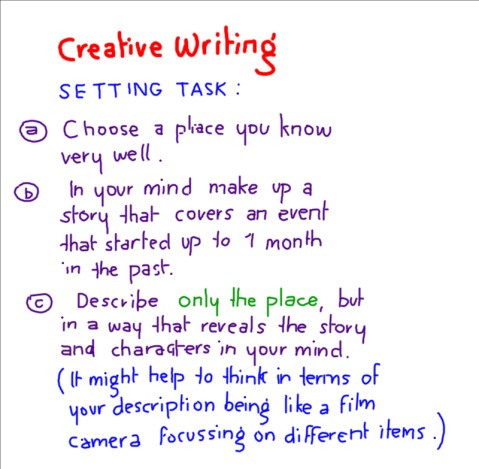Description of good knowledge and skills in heritage language learning completing basic education at the end of grade 9
Content area1: Acting in interactive situations
The events in young people’s worlds, homes and language communities are discussed in teaching and learning and the pupils practise discussing, debating, and expressing opinions and compare different ways of interacting and discussing in different language communities. They practise different interactions situations by utilising the possibilities of their surroundings and media in their own language. They assess their own actions and practise giving and receiving feedback.
(Objective 1)
Objective 1: To guide the pupil to develop his or her ability to act in different interaction situations and to assess his or her actions in them
-
You are aware there are rules in different communication situations, but you do not always apply them correct.
Example: you do role plays in different communication situations:
- Phone call with your friend vs phone call with your teacher
- Meeting a distant family member for the first time, meeting an exchange student
- Congratulating your friend on his birthday, congratulation your grand mother on her 80th birthday
-
You can handle familiar communication situations and understand there are differences in Finnish an heritage language communication.
Examples: Have little roll plays, in which a Finn is visiting your home country, or somebody from your home country is visiting Finland
Simultaneous conversation in two languages:- Student is calling home to ask permission to play with his/her friend in heritage language, and is discussion the outcome at the same time with his/her friend in Finnish
- Student is with his parents/relatives at a restaurant and meets a school friend there
-
You can act in different interaction situations, according to the rules of the situations.
 Example: You can write the correct dialogues by different interaction situations. Introduce the concepts: What is a request, or an initiation?
Example: You can write the correct dialogues by different interaction situations. Introduce the concepts: What is a request, or an initiation?
- A request: "Could you help me find the library?"
- A greeting: "Hi, I'm Amanda." Or, "Hello, Dr. Williams. It's nice to see you."
- An interaction initiation: "Hi, I'm Jerry. I don't think we've met before. What's your name?
- A negotiation: "Can I have a turn? How about after five minutes? Can I set the alarm on my watch?


Compare interactions:''


High/low context: who's which?
To give an idea of where different cultures fall on the context scale, they are often organised in a loose linear format:

Look up your country on: context scale
Write a role play/interview questions/phone call scenario for an interaction situation in your country.
High Context
- Communication tends to be indirect, harmoniously structured and understated.
- In conversation, people are expected to speak one after another in an orderly, linear fashion.
- Disagreements are personally threatening. It is important to solve conflict immediately or avoid it completely in order for work to continue.
- Physical space is considered more communal. Standing very close to others is a common practice.
- Verbal messages are indirect. Speakers often talk around a point (instead of directly to it) and use embellishments to convey meaning.
- Accuracy is valued. How well something is learned is important.
- Some countries considered “high context” include Japan, Greece and various Arab nations.
Low Context
- Communication tends to be linear, dramatic, precise and open.
- Because words are so highly valued, they are used almost constantly.
- Disagreements are depersonalized. Conflicts do not have to be resolved immediately for work to continue. When solutions are found, they tend to be rationally based.
- Privacy and personal space are highly valued. Physical space is considered privately owned.
- Verbal messages are explicit and direct. Words are valued above their context.
- Speed is valued. How efficiently something is done is important.
- Some countries considered “low context” include the United States, Germany and various Scandinavian countries.
- While “high” and “low” context are examples of opposing cultures, it is also true that many cultures fall in between these two extremes. Called “multi-active,” these cultures might include those of Spain, Italy or Latin America.
-
You are able to act in different interaction situations and are able to assess your own actions in them.
Example: Walk and exchange
The teacher outlines a real situation and asks the students to think about how they would respond to such a situation.
- What would you do?
- Why?
- What is the consequences of your action?

Examples situations:
- You are in the train, bur realize you didn’t buy at ticket. The conductor comes.
- You play a sports match, but the referee is partial.
- You want to go to a party, your parents say ‘no’. You did go any way.
-
You can act in a new communication situation with the facts you have.
Example: Consensus method
The students are divided into groups and receive the assignment for one problem to find the best solution; a solution agreed by every group member. The rule in this process is essential: 'We have only made a decision if we all agree. If anyone doesn’t feel right about our decision, then there is no decision. ' Maybe no one will get his or her favorite result, but all team members will have input.
'We take this': Explain to the groups that they are at sea with a boat and that storm breaks out. Their boat collides with the rocks of an uninhabited Island. They must now choose which material from the list they take with them to survive. In groups they each receive a list of 10 materials. The materials must be given a number, with 1 being the main object and 10 the least important.
-
You can create new communication situations and assess your own actions. You are able to improvise.
Example: facilitator/ leader of discussion/debate
Content area 2: Interpreting texts
The pupils’ interest in texts in their own language is advanced by utilising texts suggested by the pupils. The pupils expand their reading material, and they are guided to use different sources in order to find texts in their own language. The pupils develop their text comprehension strategies and practise evaluating the reliability of sources. They also familiarise themselves with reflective and instructive texts. They share reading experiences and interpretations of texts in different communication environments.
(Objectives 2-4)
Objective 2: To encourage the pupil to diversify his or her reading pursuits according to his or her language proficiency
-
You know there are different kinds of genres. You pursuit and read at least one genre in your heritage language.

Example: Teach children which different genres there are. Select a fragment from a number of books with different genres and let the children look for the right genre icon. genre worksheets
-
You can read more than one different genre. You are an independent reader.
Example: Thes students read different kind of genres in the classroom and at home.
-
You are motivated to read different texts and genres.
Example: The students ask for more/different kind of books from the teacher. Do a book-bingo.
ask for more/different kind of books from the teacher. Do a book-bingo.
-
You have diversified your reading pursuits.
Example: Students read different kind of genres by themselves, without suggesting them what to read. Tip: Have different kind of books available in your classroom, search for available e-books the students can read.
-
You are actively looking for new books/genres to read according to you own interest.
Example: Students go online to find e-books, ask the teacher, go to library.
-
You are an active reader and motivate other students to read, and/or helps them to read.
 [DirkJan] Boekbespreking (Mark Retera)
[DirkJan] Boekbespreking (Mark Retera)
Objective 3: to inspire the pupil to develop analytical and critical literacy as well as his or her understanding and interpretation of diverse texts
-
You can read basic texts using a dictionary or other help tools and understand the main content of the text.

Example: The main idea is to find the most important information about the subject of the text. It can be found by putting together the most important information from the introduction and the ending. The student can give the main idea in one sentence.
-
You read basic texts and can tell in your own words the contents of the text.

-
You can make observations based on the facts you read and are able to make some observations about the language and images in the texts.
Example: Let the students make inferences about a text they have read, or pictures they have seen.

-
You are able to read texts using some reading techniques and understand the key contents, opinions, and their justifications and you are in some extent able to make observations on linguistic and visual means in the texts.
Example: Practise the different reading strategies

-
You can read different kind of texts using different kind of reading methods and form your own opinion about it.
Example: Give the students a reading task with the different reading strategies.

-
You will read texts using a variety of ways to read and evaluate texts critically and form a personal opinion of the text which you can justify
Example: write a book report, give a book presentation, write a reply on an argumentative text.
Creative book reports:
- At the end of the book, the main character looks back at the events in his / her diary. Move in the person and write the diary pages.
- Write a letter to the newspaper or magazine of your choice on the subject / content of the story.
- Write a letter to the author of the book, asking him / her to make changes at the next print. Explain what you would like to change and why.
- Find three poems that you think fit the story. Describe exactly why they are so appropriate. Refer to the passages from the story.
- Write a letter to the protagonist of the story, explaining to him / her which decisions you find unwise / incomprehensible and why.
- Write a review (discussion) about the book. Here you also give a short impression of the content. Then you put your opinion into words and explain it.
- Look for at least ten appropriate photos. Make a photo collage and write a report in which you make clear why that collage fits your story.
- Describe in detail the protagonist of your book. What are the good and bad characteristics, what does he / she look like? Then you compare yourself with him / her. In what are you the same and where do you really differ? When would you do the same thing, and what would you do different?
- Imagine that you are a journalist and you interview the protagonist. Think about appropriate questions. You have to derive the answers from the story. Then write the interview.
- For a popular journal, write an article with the title I was a guest at. (Name of main character).
-
Find three artworks (paintings, sculptures, etc.) that fit well with the story. Explain in a report why you chose these works of art.
-
Have a few people from the story correspond with each other. Write at least four letters / emails.
-
Move in one of the persons. Write some fragments from that person's diary, with at least three days between each fragment.
-
Find two lyrics that you think fit well with the story. Please clearly explain your choice. Use examples from the story.
-
Write a letter to your correspondent friend in which you make clear what your opinion about the story is.
-
Write an advertisement text / poster for the story.
-
Find background information about the author's entire work in the library or on the internet. Provide at least three sources. Check whether the book fits with the other work.
-
Write another ending for the story.
Objective 4: to guide the pupil to reinforce his or her ability to use texts and his or her literacy in acquiring information and gathering experiences and to discuss texts in different communication environments
-
 You can reads basic texts using a dictionary or other tools to help you understand the main content of the text and find the information you are looking for.
You can reads basic texts using a dictionary or other tools to help you understand the main content of the text and find the information you are looking for.
Example: You get a brochure from a museum an can find when it is open and how much it will cost to go there with your whole class.
-
You can collect information on the texts provided by the teacher on the basis of guiding questions.

-
 You can use texts and literacy given by the teacher to gain knowledge and get experiences and discuss different texts.
You can use texts and literacy given by the teacher to gain knowledge and get experiences and discuss different texts.
Example: Visit to London, find the five most interesting places to visit in London, and where they are located, can you reach them by public transport? visit London

-
You can use different texts and literacy skills to get information and get experiences, and you can discuss various texts by asking, summarising, commenting and reflecting about your own experiences in different communication environments.
Example: Students make their own travel brochure about a city/ country/ heritage site, with a model format, but find the information to put in the brochure independently.

Example: Choose two sources (e.g. internet sites/brochures/books) and evaluate them with CARRDSS:
-
You can create a new text based on the texts you read and references the sources.
Example: Make a travel plan to a city/ country/ heritage site, by yourself, including trip/ overnight stay/ sight seeing /transportation and check the reliability of the used sources with CARRDSS.

Content area 3: Producing texts
The pupils practise producing narrative, descriptive, argumentative, reflective, and instructive texts for different purposes and expand their command of the stages of the writing process. They acquire more fluent handwriting and keyboard skills. They deepen their knowledge of the special features of the spelling of their heritage language as well as their command in their own texts. The also reflect on the impacts of different words and expressions on texts. They write texts independently and together with others as well as discuss and give feedback on them.
(Objectives 5-7)
Objective 5: to encourage the pupil to develop his or her expression in his or her texts as well as to help the pupil reinforce a positive attitude towards writing
-
You express yourself using the vocabulary of various subjects.
Example: Write a letter to somebody you do not know in your heritage language to ask information about his/her specialty.
Write to a museum to ask something about your heritage language history/ geography /politics /culture.
-
You can revise your own texts after feedback and you extend the use of expressions.
Example: You can write a story and evaluate it, with help of an evaluation template, and reflect on your own text, and redo your text for which you use the constructive feedback you received.
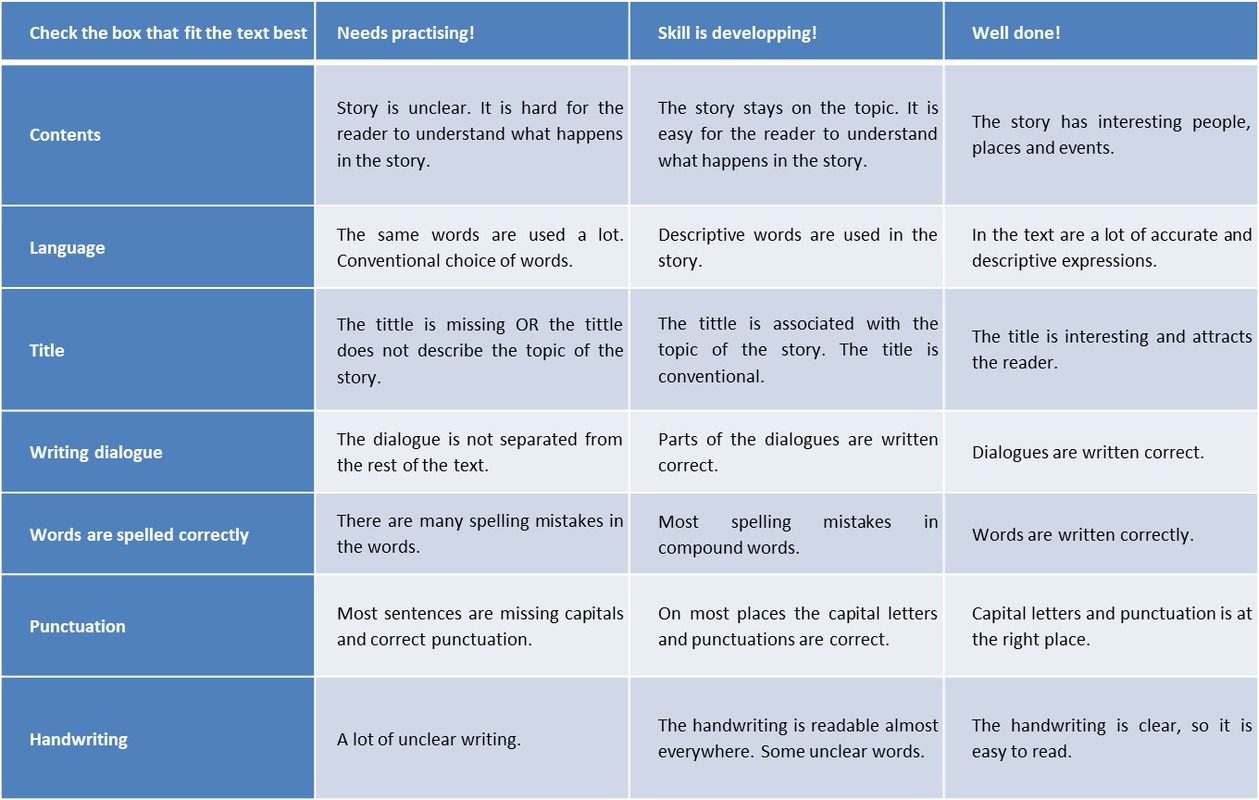
Example:
-
You can produce rich, structured texts with versatile expressions
Example: Students write the monologue as described in the example:
Purpose:
To write a scene using an unfamiliar word. To take a word you don't know and explore it in a theatrical context.
Waldeinsamkeit
- The feeling of being alone in the woods. (German)
To Do:
- Automatic Write for two minutes on what it means to be alone in the woods. What is your interpretation of the phrase? Is it something wonderful, or something fearful?
- Look around on the internet for a picture of an intense forest (maybe you even have one in your collection) What do you see when you look at the picture? Start to reach beyond the logical here, do you see faces? Do you see emotions? Do you see shapes?
- Write a monologue from the perspective of the person who took the picture. They are alone in the woods. Who are they? How long have they been there? What inspired them to take the picture? Who are they talking to in the monologue?
-
You can creatively produce and evaluates texts and encourage others to produce versatile texts.
Example: Write a play with the class. Use the monologues from the previous exercise. Help others re-write their texts so they all fit together as a play.
Objective 6: To guide the pupil to diversify his or her writing skills and increase their fluency as well as deepen his or her knowledge of text genres
Example: Write a text message to your teacher in which you explain why you will not come to the heritage language lesson.
-
You write in your heritage language hand but the text is difficult to read.
Example: Write a short poem. e.g. Dutch children write a poem for their Sinterklaas surprise. Or you write a Haiku or Limerick or any traditional form of writing that is common in the heritage culture.
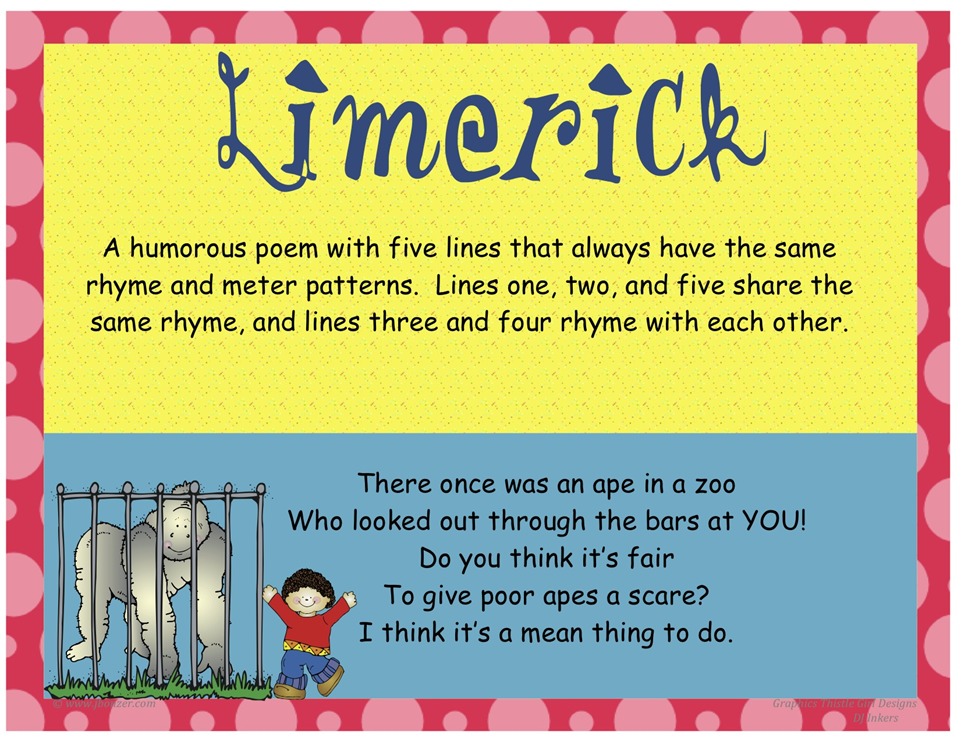
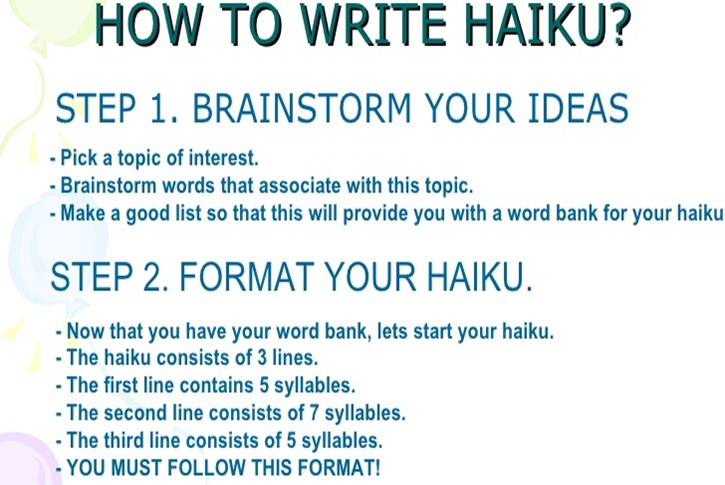
-
You write understandable/readable texts by hand and you practise the use of the keyboard in your heritage language.
Example: Write a short story by hand, after reading it through and correcting it make it into a word file and email it to the teacher.
-
You write fluently and clearly by hand and you have adopted some of the necessary keyboard skills.
Example: Write a news article about something that happened last week. Edit this in a word program so that is has the format of a real news article. Produce a newspaper together with the class, adding all articles together and add relevant pictures and headlines. newspaper template

-
You are able to plan the writing process of a genre and are able to recognise different genres.
Example: the teaches gives a subject. All students can choose their own genre and write a text about this subject. Afterwards they have to categorise the text of the other students in the right genres, and tell why it belongs to that genres and which points could be improved to better suit the genre.
-
You can uses different skills in writing to produce different genres of text.
Example: Change one genre into another ‘genre blurring’…
- a poem into a narrative story
- A fairy tail into a news article
- A science book into a comic
Objective 7: to encourage the pupil to produce narrative, descriptive, instructive, argumentative, and reflective texts
Example: let the students bring all the texts they have been using in the week before, and let them categorise them into different text genres.
-
You recognise the basic rules of different genres.

text types.pdf
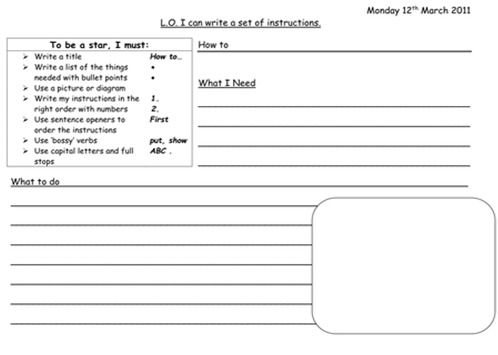
-
With help of a model you can write different familiar text genres.
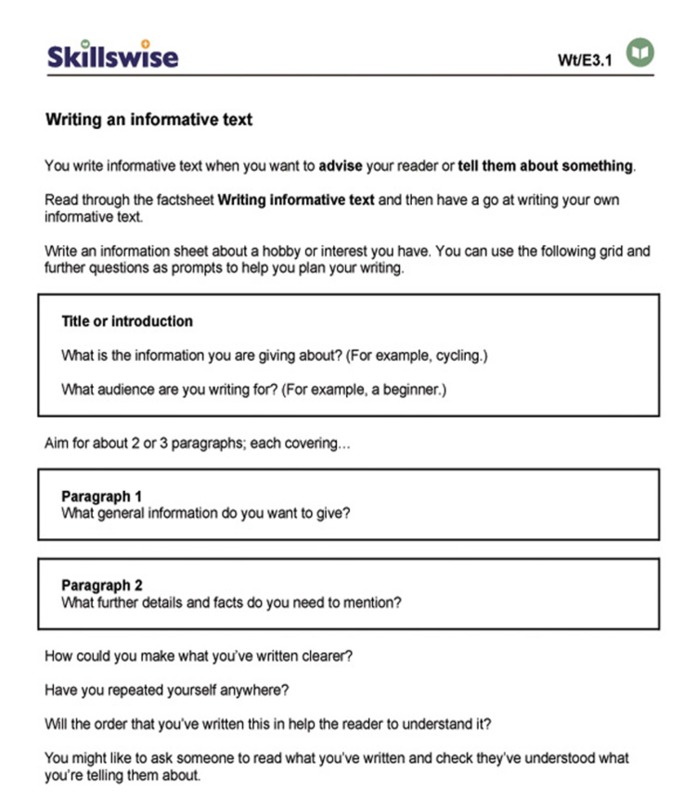
-
With guidance, you are able to produce easily comprehensible narrative, descriptive, argumentative, reflective, and instructive texts.
Example: the teacher gives a framework for a narrative story, or after a class discussion about a statement, all students write their own arguments in an argumentative text. Students write their favourite recipe, or instruction on how to get to the next level in a computer game.
-
You can independently write different text genres.
The student is free to choose its own subject to write a text in one of the genres. They do not need a model or set up from the teacher, but can write the different genres independently.
-
You are able to reflect on different text genres.
Reflection is a purposeful activity in which you analyse experiences, or your own practice/skills/responses, in order to learn and improve.
Students are able to write a refleciton about their own work or work of their peers, or a text given by the teacher.
Content area 4: Understanding language, literature, and culture
The pupils familiarise themselves with media and cultural offerings in their own language and practise examining them critically. They deepen their knowledge of the central structures and other features of their heritage language and compare them with Finnish. The pupils also acquire information about and discuss the national and minority languages in Finland as well as their significance to individuals and the community.
Objective 8: to guide the pupil to reflect on linguistic and cultural identity as well as the use, significance, and status of the heritage language as a part of different language communities and to utilise the media and cultural offerings in different languages
-
You are able to follow informative media sources in your heritage language.

-
You understand the difference between fact and interpretation and can name some cultural aspects.
Example: How do people from different cultural backgrounds interpret nonverbal communication?
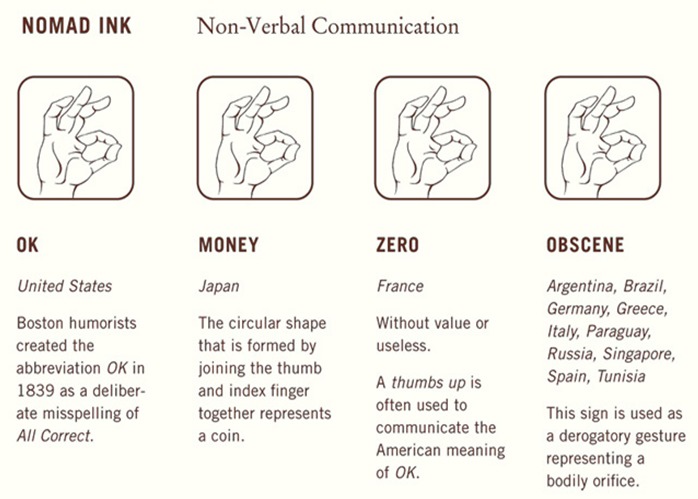
Example:
- You can explain why in certain countries the Eurovision song festival is boycotted or why certain songs or symbols (rainbow flags) are not broadcasted.
- You can compare a news item about the same subject published in media with different cultural background.
-
You are able to describe the significance of linguistic and cultural identity as well as heritage language and the status of your heritage language among other languages. You are able to utilise media and cultural offerings in different languages.
The student can name pros and cons from being multicultural and can use these advantages e.g. by gathering information in more than one language, have celebrations from more than one culture.
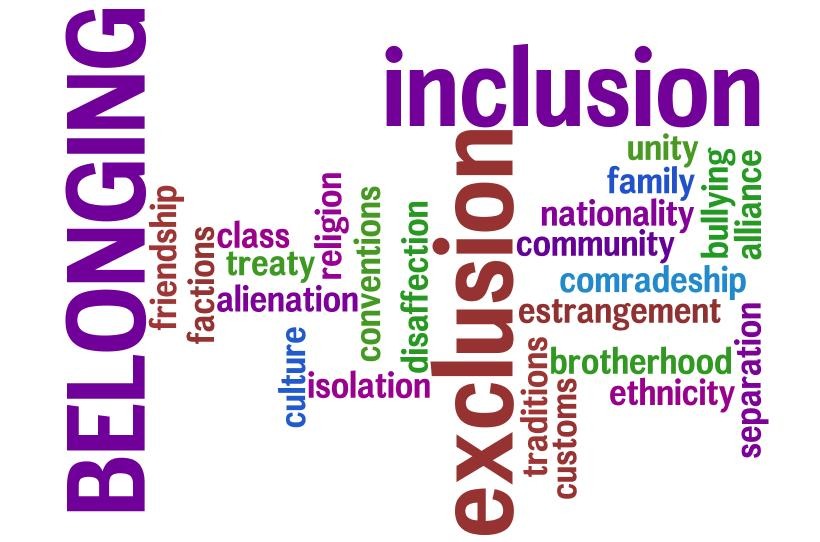

Pros and Cons of cultural identity
-
You are able to compare a subject from different language/cultural sources and compare them, draw your own conclusion.
Example:
- Compare Wikipedia sites in Finnish and your heritage language and see what is different. Find out what is true, or why they are different.
- Compare same news, different stories. What is the background of the source. Why are they different? Which source is more reliable why?

-
You are able to create media (newspaper, news flash, internet page) utilizing your own cultural background and language knowledge.
Example:
- Students make a brochure/commercial in which they promote why to go the heritage language lessons.
- They make their own newspaper, about heritage news in Finland (e.g. Dutch Sinterklaas celebrations all over Finland, Chinese new year celebrations etc. ).
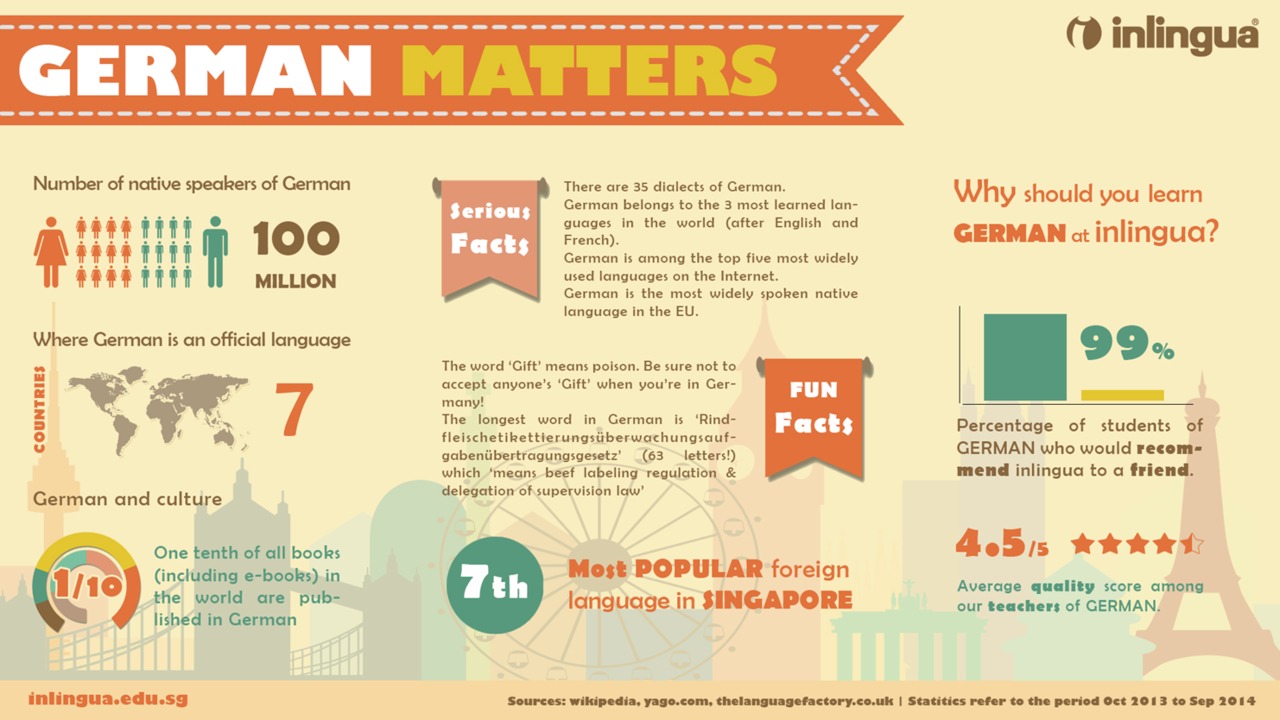
Objective 9: to encourage the pupil to recognise different linguistic registers, such as the differences between spoken and written language and the use of language in different situations
-
You know the most common Idioms and cultural-related expressions but do not actively use them.

-
You know the difference between written and spoken language and can exchange them.
Example: Invite a person to a party by oral communication and by written communication. spoken and written language
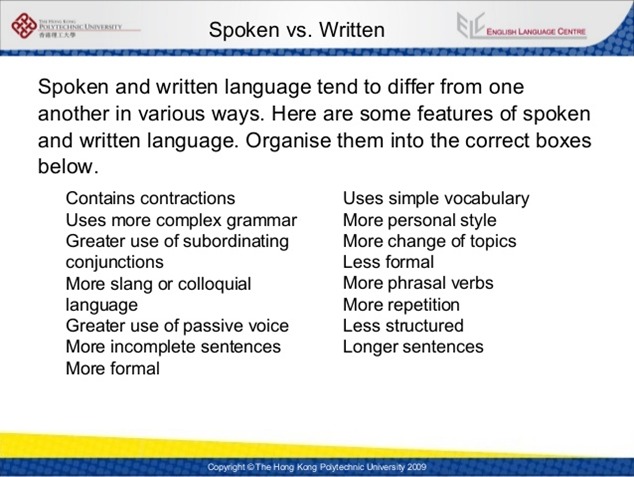
-
You know the difference between formal and informal and in which situations to use them.
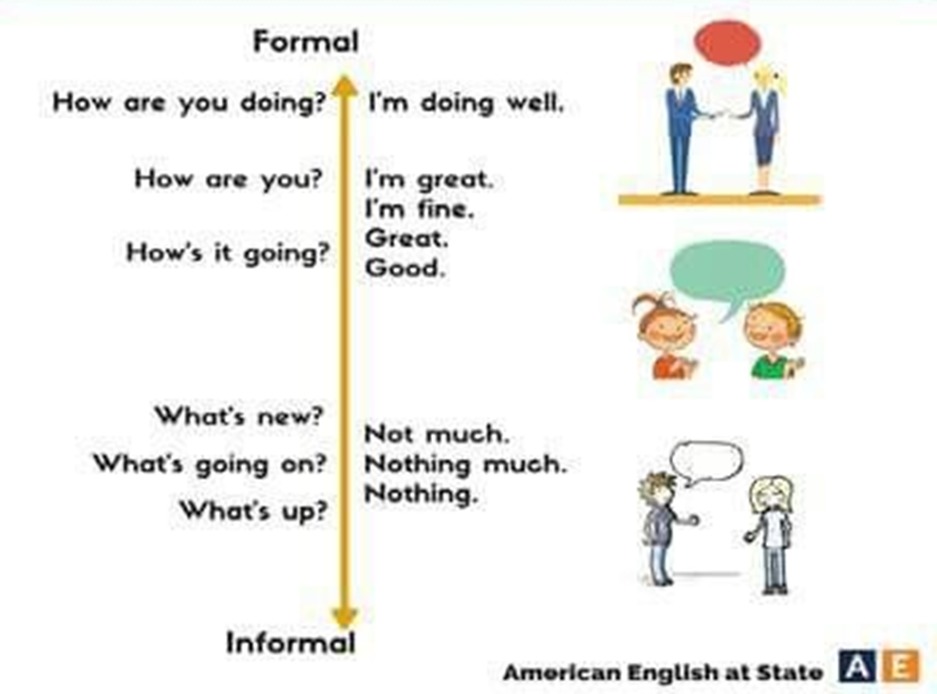 formal and informal speaking
formal and informal speaking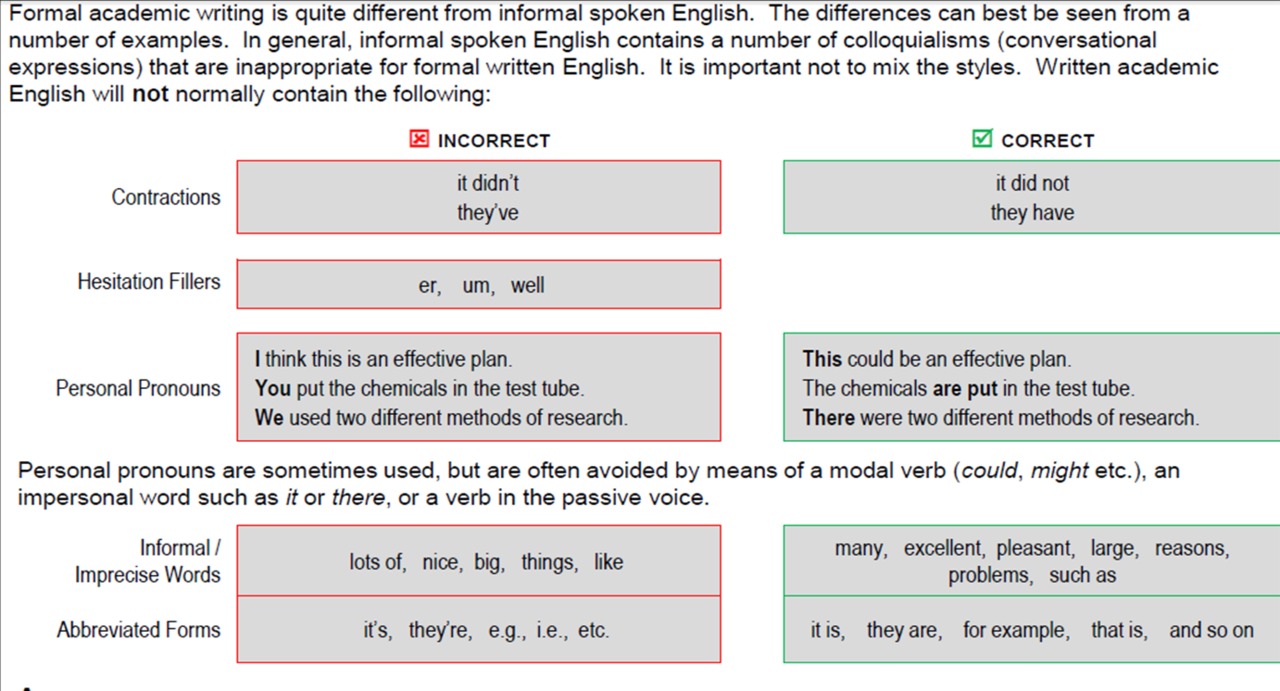
formal-and-informal-situations.pdfFormal & Informal Language.pdf
-
You are able to recognise different linguistic registers, differences between written and spoken language, and situation specific language.

Example: You can write an invitation for the same event to people form different linguistic registers.
- Text message to your friend
- Invitation email to your family/parents
- Invitation letter to the principle
- Invitation add for the newspaper
-
You can analyse different language registers, differences between written and spoken language and situation specific language.
Example: language registers
- Baby language
- Texting language
- Street language /slang
Example: You can write or direct a short play/movie in which the different linguistic registers have a role.
‘My Fair Lady’ could be used as an example in which different linguistic registers have a main role in the story.
Objective 10: to guide the pupil to deepen his or her knowledge of the most central structures of the heritage language and to analyse them.
Example: the students knows that words have different meanings in a sentence
- Underline all describing words
- Underline all things
- Underline all action words etc.
-
You can classify the structures of your heritage language.
-
You can use the structures of your heritage language, with guidance.

-
You know the central structures of your heritage language and you are able to use them.
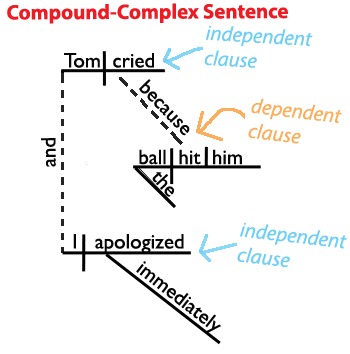
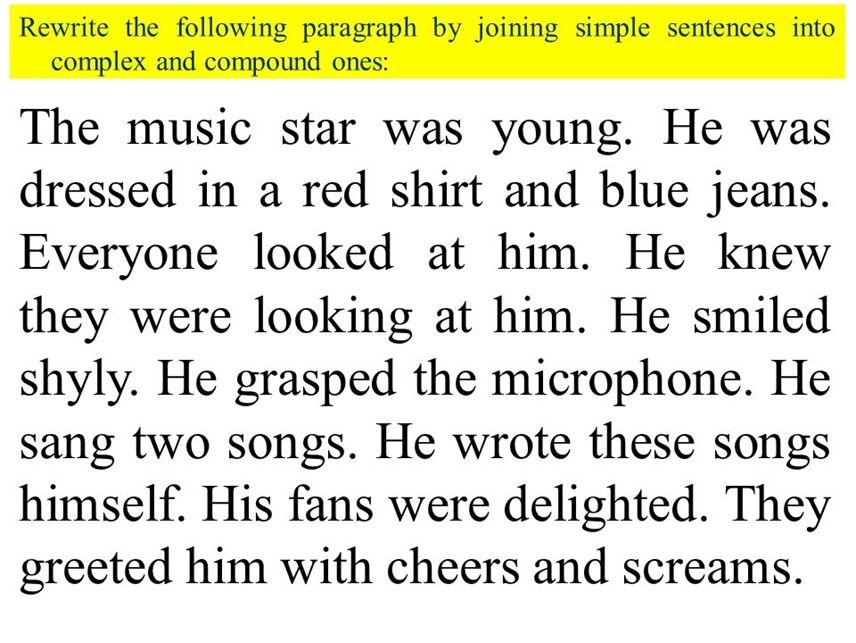
-
You understand why the grammatical structure is used.
-
You can analyse the differences between your heritage language structures and the Finnish structures.

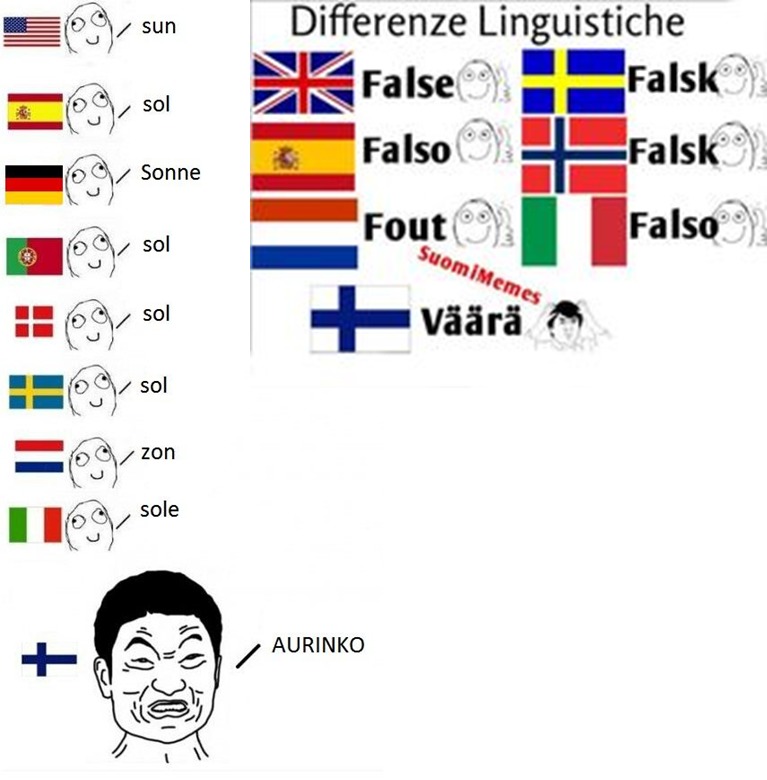
Content area 5: Language use as support for all learning
Objective 11: to help the pupil develop his or her ability to use the heritage language in acquiring and processing information in different subjects and environments
-
 You can find information from different sources. You know there are different forms of media (television, internet, newspapers, magazines, books etc.).
You can find information from different sources. You know there are different forms of media (television, internet, newspapers, magazines, books etc.).
Student can go to library, use a search engine to find information on a concrete familiar subject.
-
 With guidance, you can search, find and understand information and you are able to choose the most suitable source material.
With guidance, you can search, find and understand information and you are able to choose the most suitable source material.
Student can check for the reliability of the sources that he found. And can compare different sources.
-
You are somewhat familiar with sources of information in your heritage language, and you are able to search for, reflect on, and assess the information. You are able to learn your heritage language in a self-directed manner.
Example: Give the students a task about a new subject and let them find, with some guidance, the answers themselves with help of media (computer, books, magazine, movie etc.).

-
You are able to use your heritage language as support for studying and information search.
Example: students choose a subject and find information about this in their heritage language e.g. a subject they have to study for another class in their regular school.

-
You can independently compile a presentation about a familiar subject based on reliable sources.
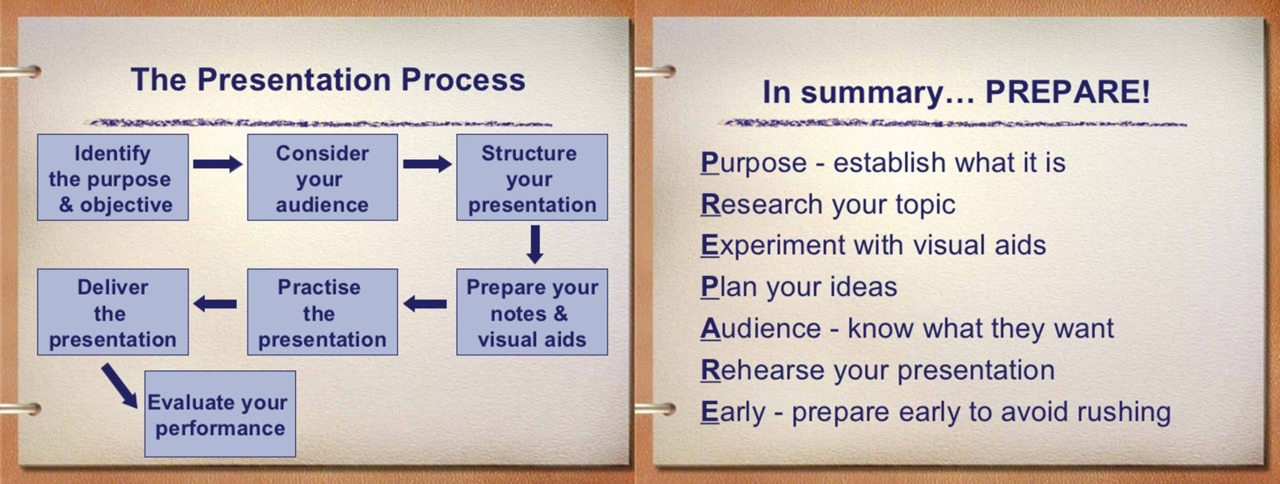
-
You compile a presentation and use multiple reliable sources utilizing different learning environments and subjects and you help other students in the acquisition of information.
 Example: You can give a multi disciplinary presentation in which you combine your knowledge of different subjects obtained at different places (school, home, friends, hobbies, cultural society).
Example: You can give a multi disciplinary presentation in which you combine your knowledge of different subjects obtained at different places (school, home, friends, hobbies, cultural society).






